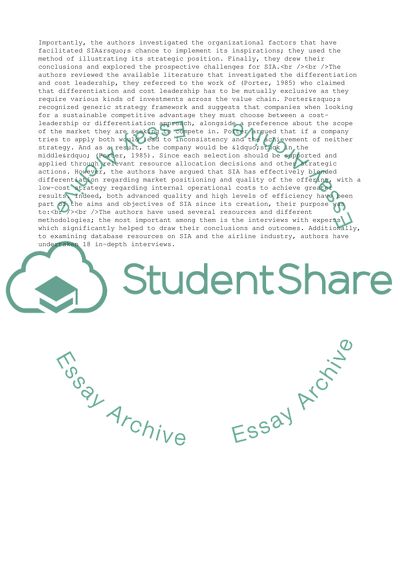Cite this document
(Critical Review of the Article about Singapore Airlines Success Term Paper, n.d.)
Critical Review of the Article about Singapore Airlines Success Term Paper. Retrieved from https://studentshare.org/business/1560530-researsh-methods-critical-review
Critical Review of the Article about Singapore Airlines Success Term Paper. Retrieved from https://studentshare.org/business/1560530-researsh-methods-critical-review
(Critical Review of the Article about Singapore Airlines Success Term Paper)
Critical Review of the Article about Singapore Airlines Success Term Paper. https://studentshare.org/business/1560530-researsh-methods-critical-review.
Critical Review of the Article about Singapore Airlines Success Term Paper. https://studentshare.org/business/1560530-researsh-methods-critical-review.
“Critical Review of the Article about Singapore Airlines Success Term Paper”. https://studentshare.org/business/1560530-researsh-methods-critical-review.


